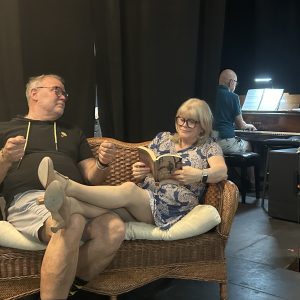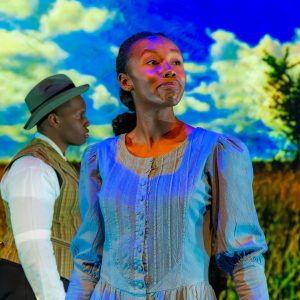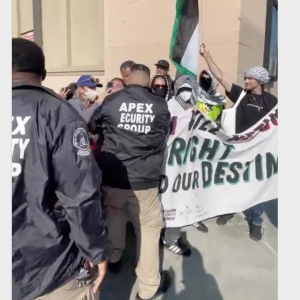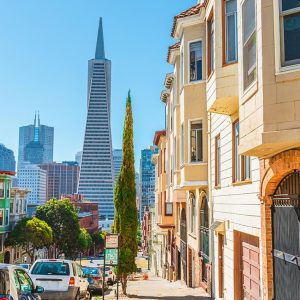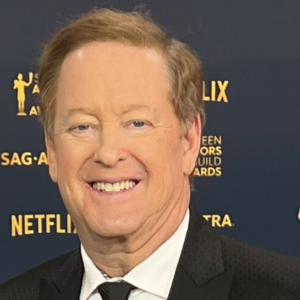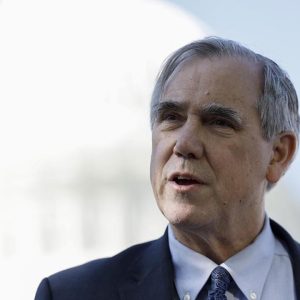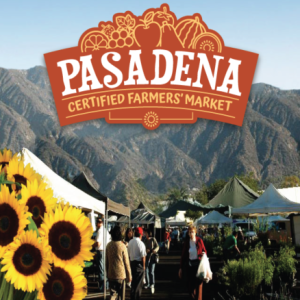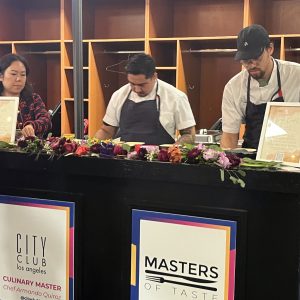 View Winners →
View Winners → The Rose Parade’s History and Its British Roots


Tournament of Roses, 1983. – Courtesy photo
The first Tournament of Roses© festival featured a series of sporting events at Sportsman’s Park, located on the east side of Los Robles, North of Colorado Boulevard. Club members decorated their horse-drawn carriages with flowers freshly clipped from their home gardens. They paraded East on Colorado to the tournament grounds, proudly leading their greyhounds on leashes. Boys and girls apparently followed behind on ponies.
According to kcet.org, the Valley Hunt club staged balls and other social events, its primary focus was the hunt. In a nod to the English tradition, club rules required masters of the hounds to wear hunting pinks. Fox hunts in the Arroyo Seco were rare; more common were jackrabbit hunts in the vineyards, orange groves, and open countryside that then surrounded Pasadena. After the hunt, members retreated to the shade of an oak tree or eucalyptus grove for lunch.
After the parade, club members competed in sixteen athletic events, including foot races, a bicycle race, and a tug of war. Polo was also played, but with a comical twist: the players rode burros. Another unique event highlighted the town’s origins in citriculture: orange race contestants raced down a line of fifty oranges, spaced two feet apart, and put them one by one into a basket. Football was not added until 1902 and did not become a regular event until 1916.

First Prize at Raymond Hotel, 1891. – Courtesy photo
Admission to the inaugural tournament was two bits (25 cents). A grandstand seated 250, but the Pasadena Daily Evening Star and Daily Union estimated that a crowd of more than 8,000 filled the grounds.
“Visitors to the park began to assemble at an early hour and at half past ten the grandstand was full,” the paper reported. “Roses abounded on every hand. The gay costumes of the ladies in the grandstand and in the carriages were set off by the brilliant hues of the flowers and many of the horses were garlanded and bedecked with roses and lilies. Oranges were freely distributed to all who wanted them, and altogether it was a scene not to be duplicated outside of Southern California.”
The tournament only increased in popularity over the years. Parade floats grew more elaborate, and the tournament welcomed participants from broader social strata as it grew from a private event into a civic festival.
By 1895, the Tournament of Roses© had outgrown the Valley Hunt Club, and the cost of sponsoring the event strained the club’s finances. Although it remained actively involved for decades afterward, the club ceded responsibility for the annual event in November 1895 to the independent Tournament of Roses Association©.

1925. – Courtesy photo
Rose Parade today has been largely democratized and exhaustively commercialized. Grand marshals have included everyone from Hank Aaron to Kermit the Frog. Still, at least one relict of the parade’s aristocratic origins remains. The Valley Hunt Club, which survives as a private social club, sponsors an annual entry in the equestrian portion of the parade. Every year, a horse-drawn carriage adorned with flowers carries club members down the parade route in morning dress, the women in formal gowns and the men in top hats and tails.




















